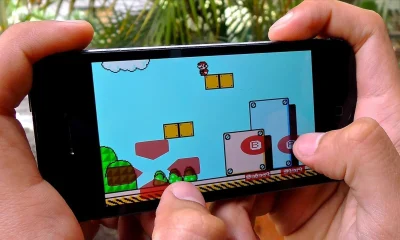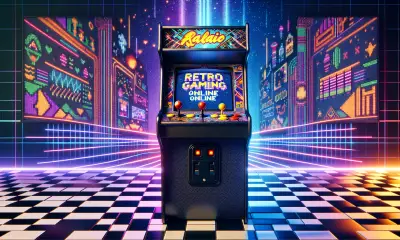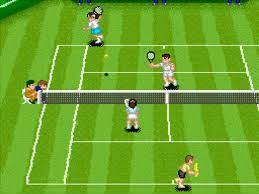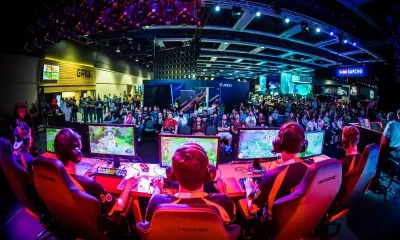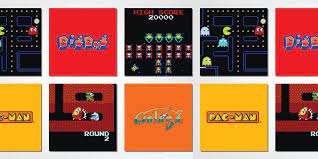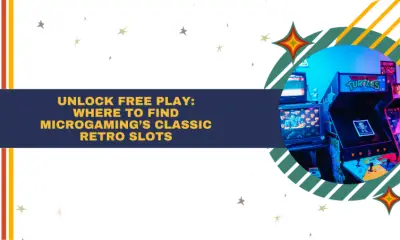Say “Web3 game” out loud and most people picture token giveaways, quick-money promises, or a crowded world full of avatars trying to sell each other something. But strip all that away and ask a simpler question: How do blockchain actually feel to play?
Many players still see Web3 as a clever way to bolt crypto onto old ideas — another marketplace for digital trinkets, rather than something that changes how play itself works. The truth is more interesting. On-chain design is slowly reshaping how worlds are built and how players move inside them. It’s not really about chasing profit. It’s about ownership, trust, and giving players a say in the rules that shape their worlds.
From Closed Systems to Open Worlds
Traditional games keep everything behind studio walls. The rewards look personal, but they’re not. Every skin and trophy sits behind a wall, which only the studio controls. You might call it your account, yet the access can vanish with a single server decision. The studio can shut the door at any time.
Blockchain flips that logic. When in-game assets live on-chain, the player becomes the verified owner. A sword or a racing car exists in your crypto wallet, not buried somewhere on a private server. That shift might sound small, but it changes how players think about progress and reward. Each action leaves a record you actually control, and that makes every decision matter more.
What Web3 Really Adds to Gameplay
The biggest change is ownership that feels real. Items and currencies can now move between games, be traded with others, or sold for real value. According to CryptoManiaks, that kind of verifiable digital possession is what sets blockchain gaming apart from every previous generation of online play.
Once assets carry real weight, studios start thinking like economists instead of just storytellers. A rare sword isn’t just a shiny trophy anymore — it’s an investment that can gain or lose value depending on how players use it. That forces developers to build steadier, more transparent worlds where balance and scarcity actually mean something.
Transparency runs deeper too. When parts of a game live on a public ledger, players can peek behind the curtain. They can see how loot actually drops and whether the odds are fair. That kind of visibility turns fairness into a feature, not a sales pitch.
And finally, Web3 opens up community control. Players can vote on updates, suggest new content, or even help shape the economy. When the crowd has real influence, games stop being static products and start becoming shared projects that evolve in plain sight.
Risk and Reward: The Psychology of Real Ownership
Once real value enters the picture, every move feels different. Put real value behind a match and the mood changes. Suddenly your hands sweat a little, you think twice before taking a risk, and a win actually feels like something you earned. Lose, and you can feel it sitting in your stomach. Some players start planning every move, others gamble on instinct. That mix of pride and nerves can make a simple match unforgettable.
Picture a tournament where players stake an in-game item to enter. Win, and its value climbs. Lose, and it’s gone for good. The mix of pride and fear that comes from that kind of setup can turn an ordinary game into an extraordinary one. But it also raises the stakes — literally. The best Web3 games keep that emotional punch while making sure the risk stays fair.
Lessons from BC.Game Casino
BC.Game Casino shows what happens when blockchain meets real entertainment — not theory, but an actual place where people play and spend money. BC.Game takes crypto seriously. You can use almost any major coin there, and the system lets you check the fairness of each spin yourself. That transparency is what draws a lot of players in. Most say cashing out is quick and bonuses often hit, though a few wish the ID checks were simpler. It feels like a place built by people who actually play.
Some also note that crypto gaming still has a few rough edges, like verification steps and payout queues. Even so, BC.Game proves that transparency and user control can be just as exciting as graphics or jackpots. Once players can verify the results for themselves, the tension shifts. You stop wondering if the game is rigged and start focusing on playing better.
Why the Best Web3 Games Still Learn from the Old Ones
Early Web3 developers sometimes forgot what traditional game studios already mastered — rhythm, emotion, and flow. A game built only around tokens or trading stops feeling like play and starts feeling like work. The sweet spot is where Web2’s storytelling meets Web3’s ownership layer.
Blockchain should support immersion, not steal the spotlight. You’re forging a rare item, watching it appear in your inventory, and then selling it to another player without ever leaving the game. That’s the quiet promise of blockchain — it works behind the scenes but gives you real control.
Developers who grew up on Zelda and Minecraft know the secret hasn’t changed. The game has to feel good first. The tech can come later, like good sound design — unnoticed, but essential.
The Balancing Act
For all its promise, Web3 gaming still faces tough limits. Gas fees can make small moves expensive, wallets can confuse new players, and token economies can spiral out of control. Some studios are already blending both worlds to fix this. They keep the fast gameplay on private servers, but store key assets and ownership data on-chain where players can see them.
That hybrid approach might be what finally brings Web3 gaming to a bigger audience. It keeps what’s special about the tech — transparency, real ownership, player control — while staying as smooth as the games people already know.
A More Human Game Economy
At its heart, on-chain game design isn’t about building a marketplace and calling it fun. It’s about making players feel that their time and creativity actually count. Ownership, fairness, and community aren’t side effects — they’re part of the story.
The best Web3 titles will make people forget the blockchain entirely, while benefiting from it at every turn. When storytelling, technology, and community all click together, the line between playing and participating disappears. The game stops being something you consume and starts becoming something you help build.

- On-Chain Game Design: What Web3 Actually Adds to Core Gameplay
- The Revival of Retro Games – The Best Setup for the Real Feel
- How Developers Make Money from Free-To-Play Games
- How Retro Level Design Explains Modern Jackpot Lobby Themes and Player Navigation
- What Features Players Look for the Most in Retro Online Casino Games
- The Journey of Arcade Games into Blockchain Slots
- When Classic Design Meets Modern Tech: How Old-School Games Inspire Today’s Live Platforms
- Retro Slot Games: Still a Good Bet?
- The State of Casino Gaming on the Nintendo Switch in 2025
- 5G and Retro Multiplayer: Revamping Classic NES Games for Online Mobile Battles
- Low-Power Tech for Mobile Gaming
- From Retro Casino Games to the Online Experience
- Retro casino games: a complete guide
- How Different Industries Are Using Techniques From Gaming to Attract and Retain Customers
- The Enduring Appeal of Retro-Style Games
- Level Up Your Gaming: How to Maximize Bonuses for Retro and Online Casino Fans (2025 Guide)
- Megaways vs. Retro Slots: Which Are Better?
- Treasure In Your Attic? The Most Sought-After Retro Games
- Reliving the Golden Era of Gaming with PlayRetroGames.com
- Remembering some of the worst retro games ever made
- Top Picks: The Best Retro Games to Play Online
- Rediscover the Magic: Retro Games Unleashed!
- From 8-Bit to High Stakes: The Retro Gaming Roots of CS:GO Case Battles
- The Best Retro Themed NFL Video Games
- 12 of the Most Influential Chinese-Themed Retro Games
- The Role of Sound and Graphics in Online Casino Games
- The Enduring Appeal of Classic Table Games in Online Gaming
- Why Super Puzzle Fighter Was a Precursor to the Age of Casual iGaming
- Top Online Casino Providers: A New Era in Gambling
- The Evolution of Fast Payouts in Gaming: From Retro Classics to Modern Platforms
- A nostalgic revolution among retro gamers: Migrating to the thrills of online casinos
- The Increasing Role of Apps in Online Gaming
- How Retro Games Are Evolving to Match A More Mobile Gaming Industry
- Retro Game Elements in Today’s Online Casino World
- Hidden Levels and Easter Eggs in Retro Games
- Benefits For CS2 Players From CS2 Armory Pass
- The History Of Gambling In Asia
- Retro Video Game Mechanics in Casino Games
- Most Popular AK-47 Skins in CS2 and Their Prices
- The Psychology Behind Online Gambling: Why We Keep Coming Back
- Casual vs. Risky Plays: Balancing Fun with Crash Games and Retro Slots
- From 80s Arcades to Online Casinos: How Retro Video Games Inspired Modern Casino Games
- Why Poker Has Stood the Test of Time
- Tower.bet Loyalty Program: How to Earn Extra Bonuses
- What is the appeal of playing retro games?
- How Live Streaming is Revolutionizing Sports Betting
- Classic Retro Casino Slots
- Esports Tournament to Look and Bet On
- The Impact of Online Gambling on Traditional Casinos
- How to Choose the Right Casino Game for You: A Personality-Based Approach












